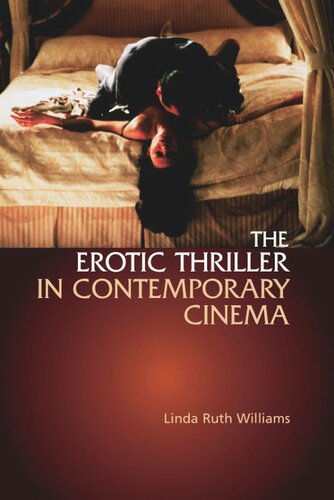

Most ebook files are in PDF format, so you can easily read them using various software such as Foxit Reader or directly on the Google Chrome browser.
Some ebook files are released by publishers in other formats such as .awz, .mobi, .epub, .fb2, etc. You may need to install specific software to read these formats on mobile/PC, such as Calibre.
Please read the tutorial at this link: https://ebookbell.com/faq
We offer FREE conversion to the popular formats you request; however, this may take some time. Therefore, right after payment, please email us, and we will try to provide the service as quickly as possible.
For some exceptional file formats or broken links (if any), please refrain from opening any disputes. Instead, email us first, and we will try to assist within a maximum of 6 hours.
EbookBell Team

5.0
38 reviewsGBS_insertPreviewButtonPopup('ISBN:9780748611485);
A bold and original study, this is the first book to examine in detail a new genre which evolved since the 1980s in tandem with shifts in the culture of sexuality and the rise of video - the erotic thriller. The book traces the erotic thriller's exploitation of pornography and noir, discusses mainstream stars (such as Michael Douglas and Sharon Stone) alongside genre-branded direct-to-video stars, charts the work of key producers and directors, and reads home-viewing as a distinct form of spectatorial pleasure. It maps the history of 'suspense in suspenders' films, analysing hundreds of movies from blockbusters such as Basic Instinct, Fatal Attraction and In the Cut to straight-to-video film titles such as Carnal Crimes, Sins of Desire and Night Eyes.
The Erotic Thriller in Contemporary Cinema reads genre as laying bare the poetics of the cinematic marketplace. The erotic thriller plays out the sexual fantasies of contemporary America, which are marketed globally. Williams's witty and illuminating readings not only tell the story of this sensational genre, but contribute to the analysis of mainstream screen sex - and its censorship - at the beginning of the twenty-first century.
Key Features